Disclosure: This article contains affiliate links. We may earn a commission from purchases at no extra cost to you, which helps our travel content.
The first time I stepped into Medina's embrace, I wasn't merely a visitor to Saudi Arabia's second holiest city—I was a student of its living classroom. As an educator who's traversed five continents studying place-based learning, Medina offered something profoundly different: a city where history doesn't simply echo through museums but breathes through every interaction, every ritual, every shared meal. This guide isn't about skimming the surface of tourist attractions but immersing yourself in the authentic rhythm of Medina life, where traditional hospitality meets contemporary Saudi culture in fascinating harmony.
Navigating Medina's Sacred and Social Geography
Understanding Medina requires grasping its dual identity—it's both a deeply religious center and a vibrant living city. The Prophet's Mosque (Al-Masjid an-Nabawi) forms the spiritual and physical heart of Medina, with neighborhoods radiating outward like chapters in a living textbook of Islamic history.
During my research visits, I discovered that Medina operates on concentric circles of experience. The central area near the mosque maintains the most traditional atmosphere, while outer neighborhoods like Al Amir and Quba blend religious heritage with contemporary Saudi life. For solo travelers seeking authentic connections, I recommend basing yourself in the Al Anbariya neighborhood—close enough to reach the mosque on foot but far enough to escape the tourist bubble.
Moving through Medina requires both practical and cultural navigation skills. While ride-sharing apps like Careem work well, I found the most enriching experiences came from using the local bus system. Download the Moovit app before arrival—it provides accurate transit information even for Medina's sometimes informal bus routes. For women traveling solo, the women-only sections on public transportation offer both safety and fascinating opportunities for conversation with local women.

💡 Pro Tips
- Learn basic Arabic greetings and religious phrases—even minimal effort is deeply appreciated
- Dress modestly regardless of gender; women should carry a lightweight abaya and scarf
- The best times to visit Al-Masjid an-Nabawi are during the pre-dawn prayer (Fajr) or late evening when locals, not tourists, predominate
Cultural Immersion Through Culinary Connections
In my experience researching educational access across cultures, I've found that shared meals create the most authentic bridges between visitors and communities. Medina's culinary landscape offers a perfect laboratory for this approach.
Rather than dining in tourist-oriented restaurants near the mosque, venture to Al-Aqeeq district where local families gather at establishments like Albaik (for Saudi-style fried chicken) and Shawarma Shakir (for regional variations of this Middle Eastern staple). For solo female travelers, many restaurants have family sections where you can dine comfortably.
The true cultural immersion happens at Medina's date markets. The city is renowned for its Ajwa dates—small, soft fruits mentioned in Islamic traditions. Visit the Old Date Market (Souq Al-Tamar) and practice the art of date selection with local vendors. I carry a collapsible food container in my day pack specifically for impromptu date purchases—it's lightweight silicon design has proven invaluable for preserving these delicate treasures during day trips.
For the most authentic experience, time your visit to coincide with Iftar during Ramadan when the entire city transforms into a communal dining experience. Many mosques and community centers welcome respectful visitors to join these breaking-of-fast gatherings.
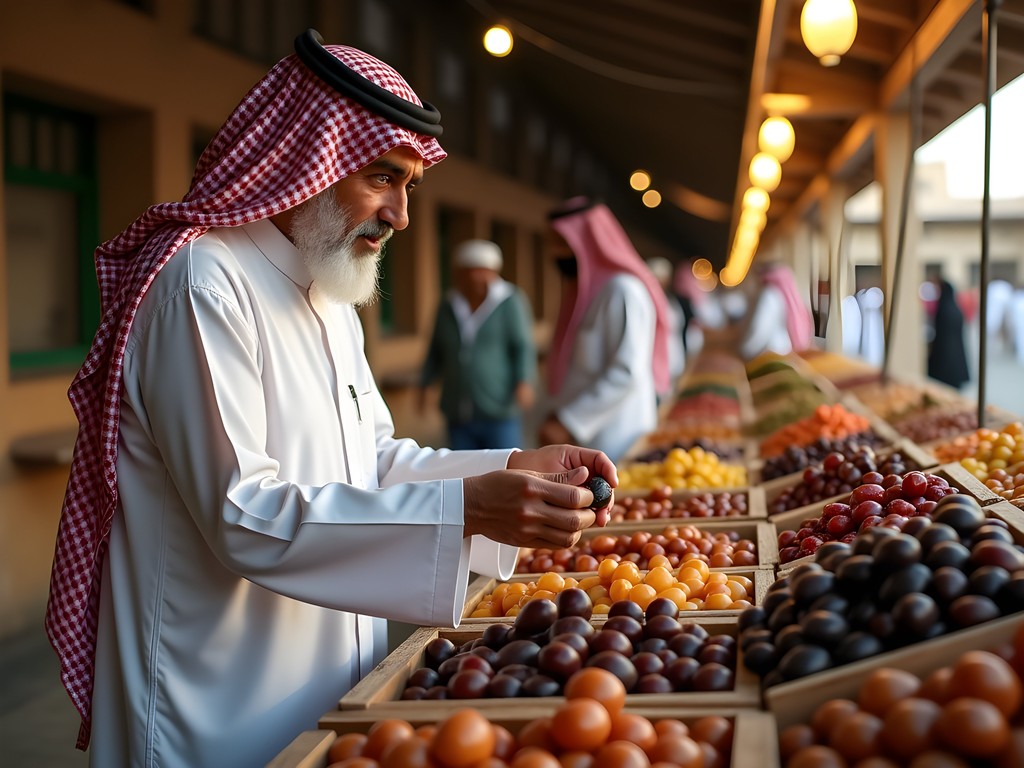
💡 Pro Tips
- Accept tea or coffee when offered—refusing can be considered impolite
- Learn to eat properly with your right hand for traditional meals served without utensils
- Visit Al-Baqi restaurant near Quba Mosque for authentic Hejazi dishes rarely found in tourist establishments
Beyond the Mosque: Hidden Historical Narratives
While Al-Masjid an-Nabawi rightfully dominates Medina's landscape, my educational background compelled me to seek the less-told stories of this historic city. These alternative narratives provide solo travelers with unique perspectives beyond standard guidebook fare.
The ancient battlefield of Uhud offers profound insights into early Islamic history. Rather than joining large tour groups, I hired a local university student as a guide through the Jawraa app—a platform connecting travelers with knowledgeable locals. My guide, a history major, provided context impossible to find in English-language resources.
Medina's Ottoman heritage remains visible in the architecture of Al-Anbariya district. The restored Hejaz Railway Station museum documents the fascinating history of pilgrim transportation before modern aviation. What struck me most was how this museum contextualizes Medina as part of broader global movements and political transformations.
For female travelers interested in gender perspectives, the Women's Museum of Medina (privately operated in a traditional home) provides reservation-only tours showcasing women's historical contributions to the city's development. This hidden gem requires advance booking through local contacts but offers unparalleled insights into female narratives often absent from mainstream historical accounts.
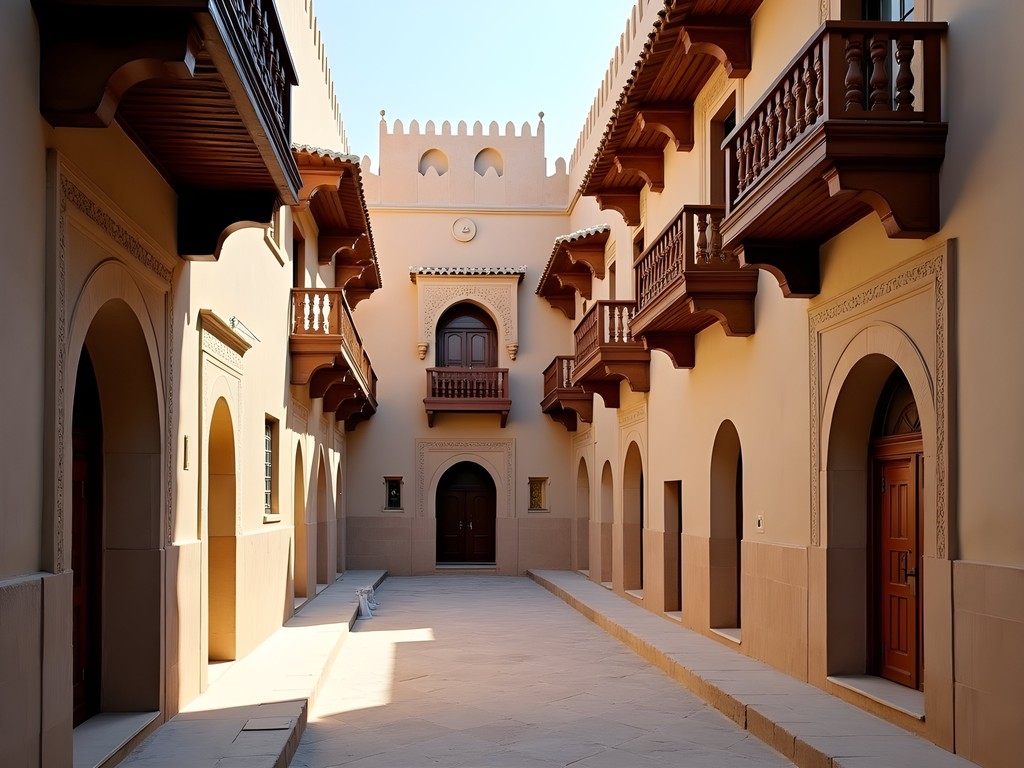
💡 Pro Tips
- Visit historical sites early morning (7-9am) to avoid both crowds and afternoon heat
- Carry a cooling towel for comfort during outdoor historical explorations
- Engage university students at King Fahd Public Library—many welcome conversation practice with English speakers and offer local perspectives
Authentic Connections: Building Temporary Community
The most transformative aspect of experiencing Medina like a local comes through meaningful human connections—something my work in educational exchange programs has taught me to prioritize. For solo travelers, especially, these connections transform a visit from observation to participation.
Medina's café culture offers natural entry points to local society. Rather than international chains, seek out traditional establishments like Café Rawdah where Saudi professionals gather. Bringing a Arabic phrasebook signals your interest in genuine communication beyond tourist interactions.
During my research visits, I've found that scheduling language exchange meetups through social platforms creates instant community. Many young Saudis in Medina are eager to practice English while helping visitors learn Arabic. The King Fahd Public Library often hosts cultural events where respectful visitors are welcomed.
For female travelers, hammams (traditional bathhouses) provide unique spaces for connection with local women. Al-Noor Hammam offers women-only hours where the formal barriers of public life dissolve, and conversations flow naturally. Bring a quick-dry travel towel as hammam-provided towels tend to be small.
Perhaps most meaningful are the informal invitations that often emerge from genuine interactions. If a local invites you for coffee or a meal, accepting (schedule permitting) opens doors to authentic Saudi hospitality that no tourist experience can replicate.
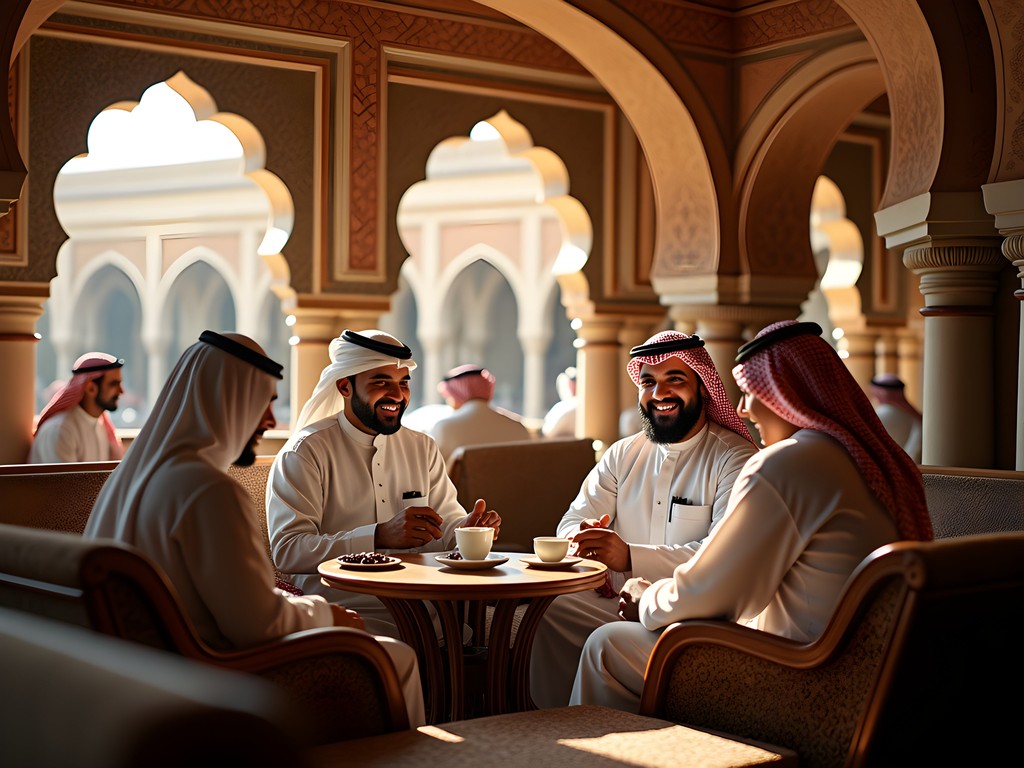
💡 Pro Tips
- Learn to play Baloot, a popular Saudi card game—locals at cafés are often happy to teach beginners
- Visit the same small businesses repeatedly during your stay to build recognition and rapport
- Respect prayer times by planning activities around them rather than being inconvenienced by them
Practical Logistics for Mindful Immersion
Living like a local in Medina requires practical preparation beyond cultural knowledge. My background implementing educational programs across diverse settings has taught me that logistics either enable or hinder authentic immersion.
Accommodation choices significantly impact your experience. While international hotels cluster near the Prophet's Mosque, I recommend the locally-owned guesthouses (funduqs) in the Al-Amir district for solo travelers seeking authentic connections. Al-Majeedi Residence offers private rooms with shared common spaces where travelers naturally gather. Book directly by phone for better rates than online platforms.
Internet connectivity enables both navigation and translation. I've found the Skyroam Solis invaluable in Medina—it provides reliable connection without the hassle of local SIM cards and works seamlessly throughout Saudi Arabia.
Dressing appropriately facilitates acceptance. Women should pack a lightweight travel abaya that folds compactly in your daypack. Men should avoid shorts and sleeveless shirts even in summer heat. Quick-dry, modest clothing in neutral colors helps you blend respectfully.
Finally, develop a relationship with a trusted taxi driver for situations where ride-sharing isn't practical. Exchange contact information with drivers who speak some English and demonstrate reliability—having a go-to person for transportation emergencies provides peace of mind, especially for solo female travelers navigating evening activities.
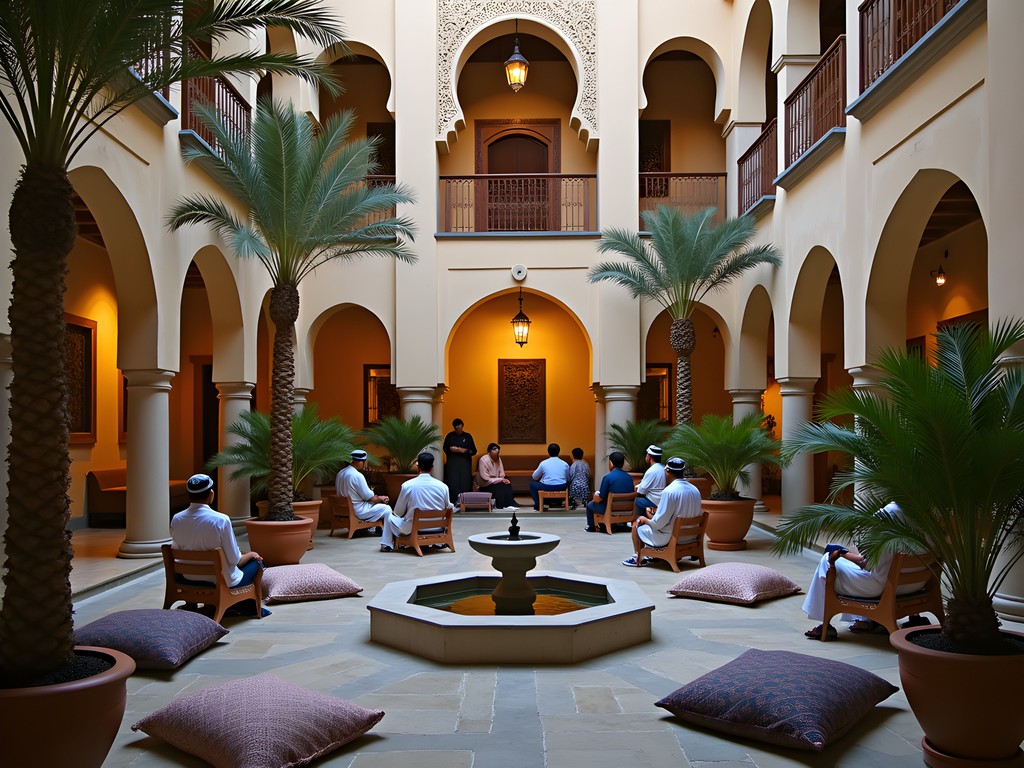
💡 Pro Tips
- Download offline maps of Medina before arrival as GPS can be unreliable in narrow streets
- Carry a reusable water bottle with built-in filter to stay hydrated while reducing plastic waste
- Keep small denominations of Saudi Riyals for cafés and shops that don't accept cards
Final Thoughts
As I reflect on my time living like a local in Medina, I'm reminded that true travel is fundamentally educational—not in the formal sense, but in how it transforms our understanding through direct experience. The city reveals itself in layers: first as a religious landmark, then as a living community, and finally as a mirror reflecting our own assumptions about culture, faith, and connection. My professional work creating educational exchanges between cultures has taught me that the most profound learning happens when we temporarily set aside the identity of visitor and embrace the vulnerability of being a student of place.
For the solo traveler willing to move beyond tourist pathways, Medina offers an unparalleled opportunity to experience Saudi culture during this pivotal moment of change. The city stands at the intersection of deep tradition and rapid transformation, making it an extraordinary classroom for those seeking to understand the complexity of contemporary Saudi society.
I invite you to approach Medina not as a collection of sites to be photographed but as a community to be experienced—one conversation, one shared meal, one prayer call at a time. In doing so, you'll return home with something far more valuable than souvenirs: a nuanced understanding that challenges simplistic narratives and enriches your global perspective.
✨ Key Takeaways
- Authentic connection requires moving beyond tourist zones into residential neighborhoods where daily Saudi life unfolds
- Respect for religious practices creates opportunities rather than limitations when approached with cultural humility
- Solo travelers who invest in language basics and cultural knowledge receive disproportionate warmth and inclusion from Medina residents
📋 Practical Information
Best Time to Visit
November to February (winter months)
Budget Estimate
$75-150 per day excluding flights
Recommended Duration
Minimum 7 days for meaningful immersion
Difficulty Level
Intermediate

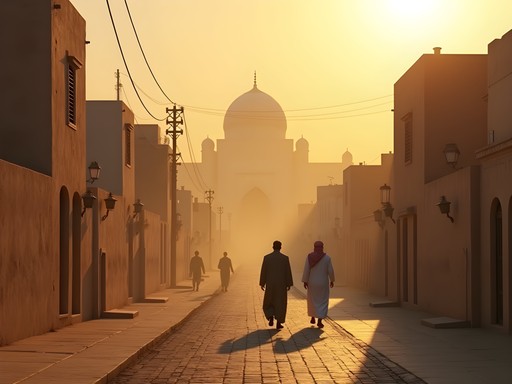
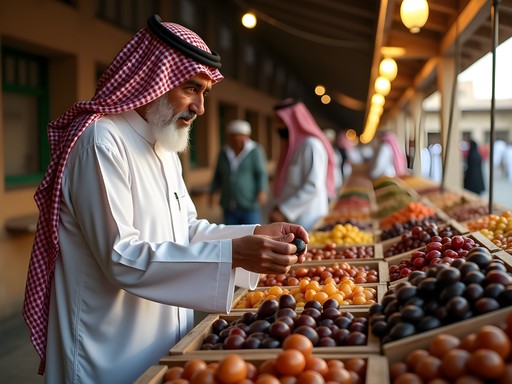

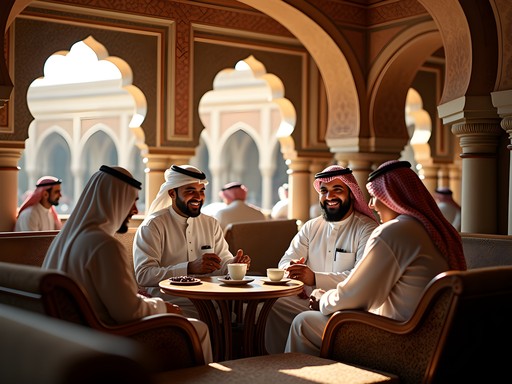



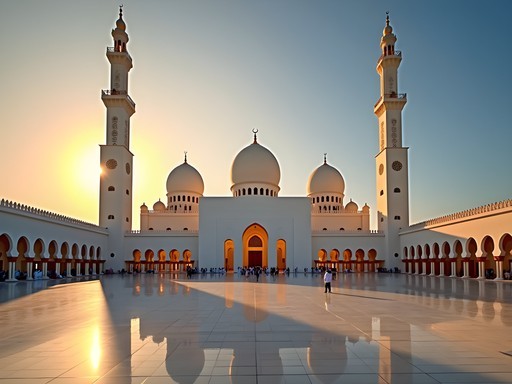

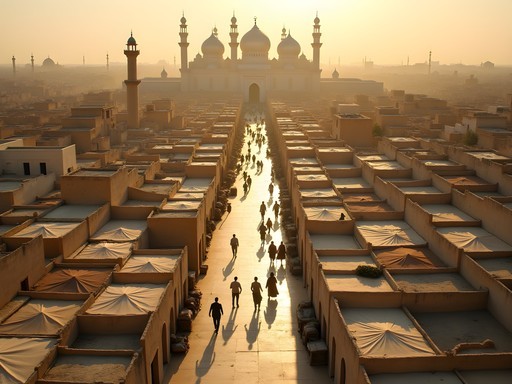





Comments
Jean Wells
Brooklyn, your approach to cultural immersion through culinary connections resonates deeply with my own travel philosophy. During my visits to Saudi Arabia, I've found that carrying a small notebook to record recipes shared by locals creates instant connections. I still make the saffron rice dish taught to me by an elderly woman near Al-Masjid an-Nabawi. For those planning a visit, I'd recommend learning basic Arabic greetings and food-related vocabulary - it opens doors that remain closed to many tourists. Also, I found my pocket translator invaluable in Medina's less touristy neighborhoods where English wasn't common. Question: Did you find any significant differences between the hospitality culture in Medina versus other Saudi cities you've visited?
Brooklyn Cox
Great insights, Jean! The recipe notebook is brilliant - wish I'd thought of that. As for hospitality differences, I found Medina particularly warm because of its pilgrim-welcoming tradition. Jeddah felt more cosmopolitan/international in its approach, while rural areas outside Riyadh offered the most elaborate traditional hospitality rituals. Each region has its beautiful variations on Saudi generosity.
vacationfan
Thanks for the translator tip, Jean! Just ordered one for my trip next month.
winterqueen
I spent three weeks in Medina last year and can confirm everything you've written! The evening gatherings at Al-Baqi Square were highlights for me too. One thing I'd add - visit the date markets just after dawn prayer when locals do their shopping. The varieties are mind-blowing and vendors were so patient explaining the differences. I picked up some Ajwa dates that were heavenly! Did you get to try the camel milk while you were there? It took me a few days to develop the taste for it.
Brooklyn Cox
Yes! Those dawn date market visits were magical. And I did try camel milk - mixed with cardamom at a local's home. Definitely an acquired taste but I ended up loving it by the end of my stay!
vacationfan
This is exactly what I needed! Planning my first trip to Saudi and Medina is top of my list. Love the local perspective!
Brooklyn Cox
So glad it's helpful! Feel free to ask if you have specific questions about your trip.
vacationfan
Actually, how did you handle transportation from local neighborhoods to the Prophet's Mosque? Taxi or public transit?
Brooklyn Cox
I mostly used the local bus system which was surprisingly efficient! For early morning mosque visits, I'd arrange with a local driver I befriended. Building those connections made everything easier.
history_buff_traveler
The photos of the old markets are stunning! Really captures the atmosphere.
first_time_saudi
How did you navigate transportation within the city? Is it walkable?
globechamp
Just got back from Medina! The central area around the Prophet's Mosque is very walkable, but for farther spots we used the SAPTCO buses and occasional taxis. Download Careem app - it was super helpful.
ahmed_traveler
As someone who grew up near Medina, I appreciate how authentically you've captured the city's essence. One hidden gem I always recommend: visit the old book market near King Fahd Garden on Thursday mornings. Many sellers have fascinating historical texts and can share stories about the city's intellectual history that you won't find in guidebooks.
Sophia Gomez
Brooklyn, your section on 'Cultural Immersion Through Culinary Connections' resonated deeply with me! During my stay in Medina last year, I was invited to a local family's home for dinner after chatting with their daughter at a fabric shop. The experience of making kabsa together and learning about the significance of different spices was more educational than any guided tour. One thing I'd add - don't miss the date markets on the outskirts of the city. The variety is mind-blowing and the vendors often let you sample different types while explaining their origins. The ajwa dates are particularly special to Medina and make wonderful gifts to bring home.
wanderlust_dreams
Did you find it difficult to connect with locals as a woman traveling alone? Planning my trip now and a bit nervous about that aspect.
Sophia Gomez
Not at all! I found women in shops and cafes very welcoming. Learning a few Arabic phrases goes a long way. Women-only sections in restaurants are also great places to strike up conversations.
globechamp
This is exactly what I needed! Heading to Medina next month for the first time.
Sophia Gomez
You'll love it! Make sure to try the street food near Al-Baqi Cemetery in the evenings - the sambusak there is incredible.
globechamp
Thanks for the tip! Any advice on dress code for non-Muslims outside the mosque areas?
Sophia Gomez
Conservative dress throughout the city is best. Long sleeves, loose pants/skirts. I found my convertible travel dress perfect for the climate while being respectful.
SaudiTraveller
As a Saudi, I appreciate how respectfully you've portrayed our culture. Shukran!
Brooklyn Cox
Afwan! Your country showed me such kindness - it was important to me to share that with others.
MedinaExplorer
Great post! Just returned from Medina and would add that visiting the Seven Mosques area is much better with a local guide. We hired one through our hotel and learned so much more than we would have on our own. The historical context they provided was worth every riyal.
Venture X
Premium card with 2X miles, $300 travel credit, Priority Pass